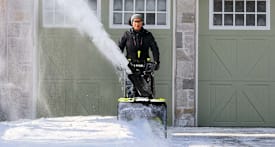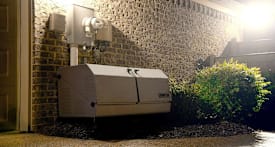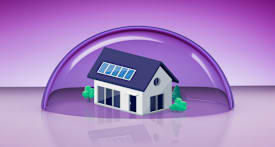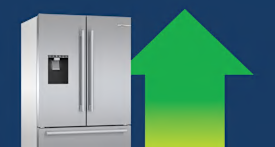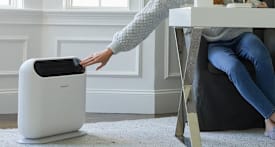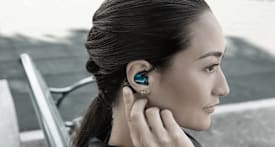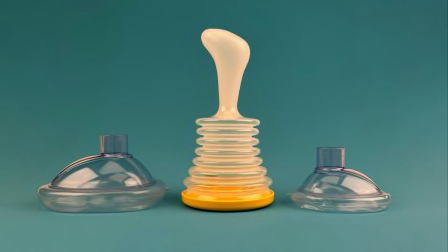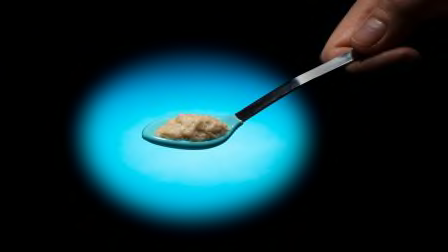Safe Sleeping Tips for Your Baby
A sleeping baby should be comfy and cozy, but also safe. Here are some tips from CR's experts.
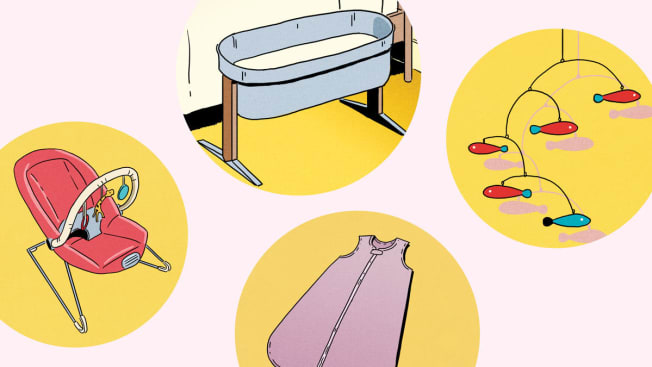
Creating a safe sleeping environment for your baby is one of the most important things a parent can do.
- Safety Tips for: Blankets Cribs Bed-Sharing Inclined Sleepers
As Consumer Reports’ investigations have found, some infant sleep products pose real risks to newborns. But CR has also found that you don’t have to sacrifice comfort and warmth to create a safe sleeping place for your baby. Here are some tips from our experts to get you started.
Instead of a Loose Blanket in Your Infant's Crib, Go With Sleep Sacks or Swaddles
While soft bedding and sleeping products that are weighted—blankets, sleep sacks, swaddles—are a no-no because of the increased risk of suffocation, you can still keep your sleeping baby warm as they grow from infant to older baby.
Instead of Pillows, Toys, and Padded Bumpers in the Crib, Go With Mobile-Type Toys
Pillows of any type—even those marketed to treat minor flat-head syndrome—can be a hazard. But it’s okay to have toys suspended above your baby’s crib, as long as they’re out of reach and don’t have small parts that could create a choking hazard. And of course, go ahead and make the rest of the baby’s room cozy, with embroidered pillows, soft toys, or stuffed animals, as long as they are out of reach.
Instead of Bed-Sharing, Go With Room Sharing
You shouldn’t have an infant in bed with you except for nursing or comfort while you’re awake, according to the American Academy of Pediatrics, but it can be a good idea to keep a young baby’s crib, bassinet, portable crib, or play yard in your bedroom, close to your bed, preferably for at least the first six months.
Your baby’s close proximity to you while sleeping cuts the risk of sudden infant death syndrome by as much as 50 percent, according to the AAP, and will make it easier for you to feed, comfort, and watch your baby.
Newborns can eat as often as every 1 or 2 hours, day and night, so your own comfort during feedings is key. Consider a nursing pillow, which should help your baby rest comfortably at just the right height while helping nursing moms avoid a sore back and shoulders.
But like all the other baby products, it’s important to buy the right kind of nursing pillow, and to not ever use one for infant sleep. Over 150 babies died in incidents involving nursing pillows between 2010 and 2022, according to the Consumer Product Safety Commission, and the risk appears to be greatest when babies are put to bed with the pillows or when they fall asleep on the pillows after feeding.
Instead of an Inclined Sleeper, Go With a Bouncy Seat
Inclined sleepers—tiny, hammocklike beds for infants—were banned by law in June 2022 after they were proved to be unsafe for infant sleep and linked to numerous infant deaths. But it’s still fine to use a bouncer seat when the baby is awake and being supervised.
If your baby begins to nod off in their bouncer, move them to a crib, play yard, or bassinet to sleep. Make sure the bassinet is completely flat. Certain bassinets—like Kids2’s Ingenuity Dream & Grow Bedside Bassinet and the Halo BassiNest Flex Portable Bassinet—have received numerous online reviews and complaints that they lack stability, for instance. And don’t put your baby to sleep in an infant lounger—many of these have also been recalled because they are unsafe for sleep.
Editor’s Note: A version of this article appeared in the March 2022 issue of Consumer Reports magazine.
@consumerreports Baby walkers increase the risk of falls, head injuries, and more. They do not help your baby learn to walk sooner and should not be used or purchased. Tap the link in our bio for more info. #babytok #parentsoftiktok #babywalker #parentingtips
♬ original sound - Consumer Reports





